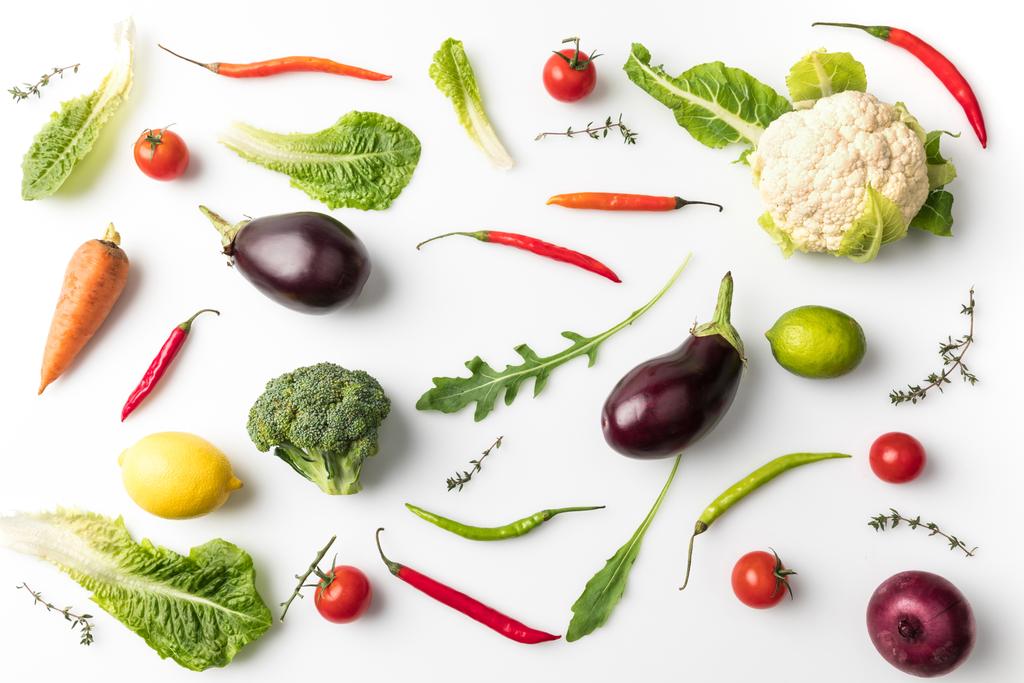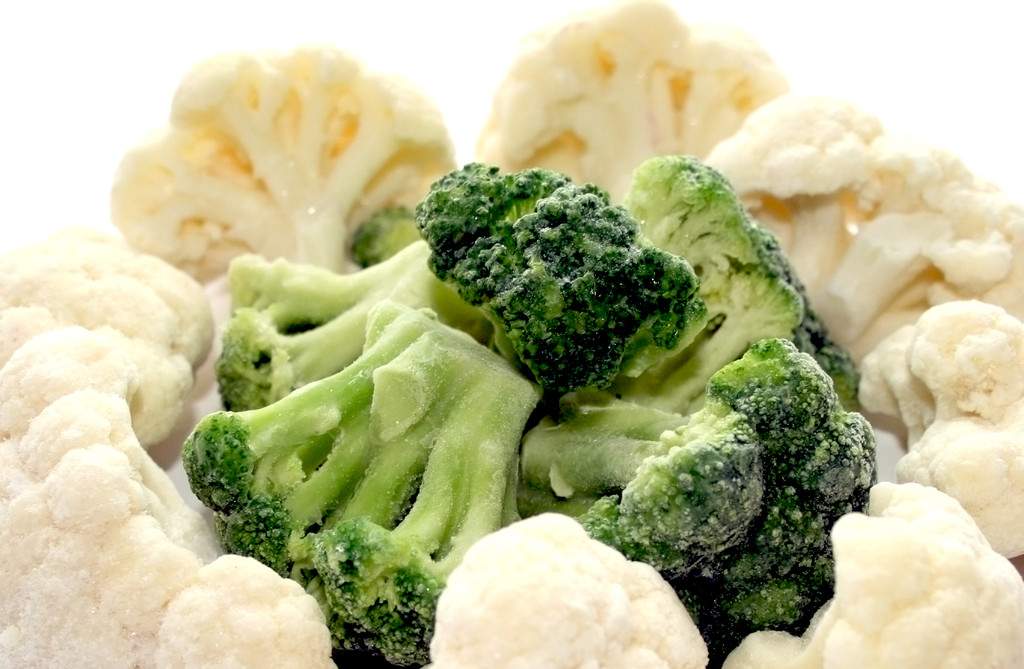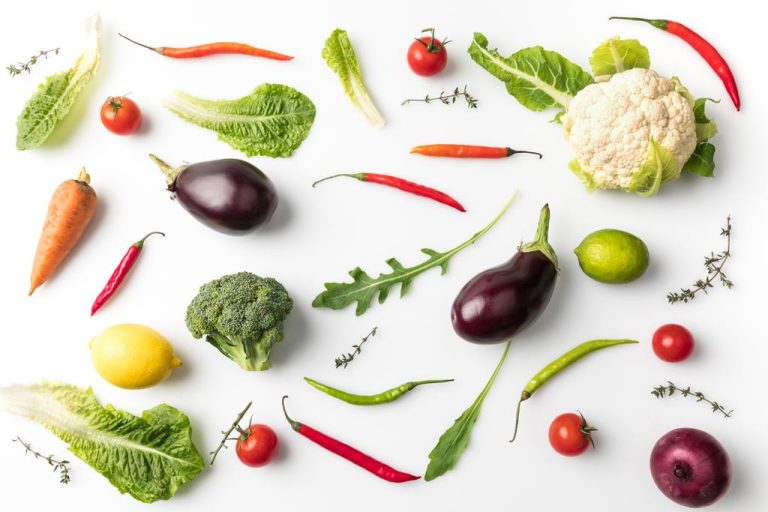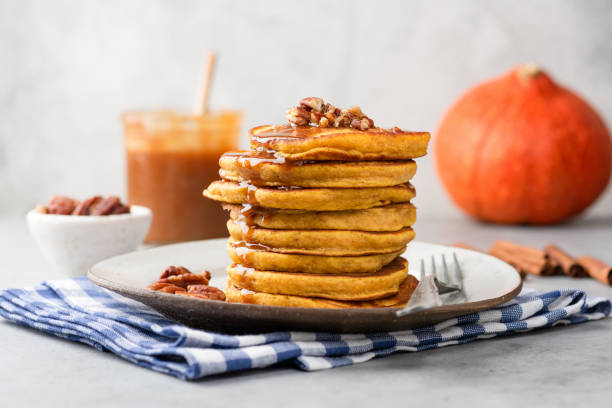Pumpkin seeds, carrot peels or radish greens do not normally end up on our plates, but in the bin. But does it have to be? We show creative ways to use leftover food.
We are all to blame for food waste: the producer throws away what is not nice enough, middlemen and supermarkets sort it out again and last but not least, each of us consumers throws away what is “no longer good” – or what we consider unusable keep.
Changing the way producers and retailers treat food is not easy. Some countries – for example the Czech Republic and France – are trying to ban supermarkets from throwing away edible food by law. But for us consumers, there are many ways to be more conscious about food and ensure that we throw less food away.
In addition to dealing with the best-before date in a relaxed manner and storing it correctly, the following question in particular helps to reduce waste at home: does it really have to go or can I still use it somehow?
We throw a lot of things in the trash because we don’t even know that they could be edible and even tasty: radish greens, potato peelings, melon seeds or cauliflower stalks – many leftovers from healthy cooking can still be used creatively. Here are some ideas for using up leftovers.
Use leftover vegetables as broth or soup
You can make tasty vegetable broth yourself from leftovers from slicing vegetables: For example, from carrot, cucumber, asparagus and even onion skins, the outer leaves of cabbage and leeks, cauliflower leaves and stalks, broccoli stalks, herb stalks or the trimmed ends of celery and zucchini.
Simply simmer leftover vegetables in hot water with a few herbs, some pepper and salt for about an hour, then pour the cooking water through a very fine sieve or clean kitchen towel – done. Filled directly into clean screw-top jars and stored in the dark, the broth will keep for a few weeks.
To use leftover vegetables, you can also cook simple soups – for example, from cauliflower leaves and cauliflower stalks or stalks of broccoli. Asparagus shells also make a very tasty cream of asparagus soup.
Vegetable leftovers in the smoothie
You can easily process leftover vegetables that can be eaten raw into healthy and delicious (green) smoothies: Simply put them in the blender, add some water and, depending on your taste, puree with fruit, herbs, spices or ginger.
For example, the leaves of radishes, carrots, kohlrabi, beetroot or radishes, wilted lettuce leaves and herbs (stalks), cucumber peels, etc. are suitable for this. It is also possible to use fruit that is no longer quite fresh: bananas that have turned brown or slightly wrinkled apples. Smoothies make a small snack rich in vitamins – and if you make them yourself from leftovers, they are usually healthier and significantly cheaper than smoothies bought in (usually deposit-free) glass bottles.
Use of leftovers: chips from vegetable peelings
The cleaned skins of organic(!) potatoes can easily be fried, pan-fried or roasted in the oven. With a little salt and spices, you get delicious chips to nibble on. Attention: In order to avoid the dangerous solanine you should only use fresh potatoes and make sure that there are neither germs nor green spots on the skin!
You can also easily make vegetable chips from the skins of sweet potatoes, beetroot, parsnips and radishes as well as from savoy cabbage and kale leaves. To be sure that the peels are pesticide-free, it is best to only use organic vegetables
Broccoli and cauliflower stalk puree
Vegetable leftovers such as the stalk of cauliflower, broccoli or cabbage (and the leaves of cauliflower as well) can be easily made into a puree: cook until soft, puree, season, done. Can also be combined very well with potatoes.
Pesto made from radish greens, carrot greens, radish leaves, kohlrabi leaves
The leaves of radishes, radishes, kohlrabi and carrots do not have to be thrown away – they are safe to eat and very tasty. These leftovers can be used in soups, as leafy greens, as a filling for ravioli or lasagne and even as pesto.



